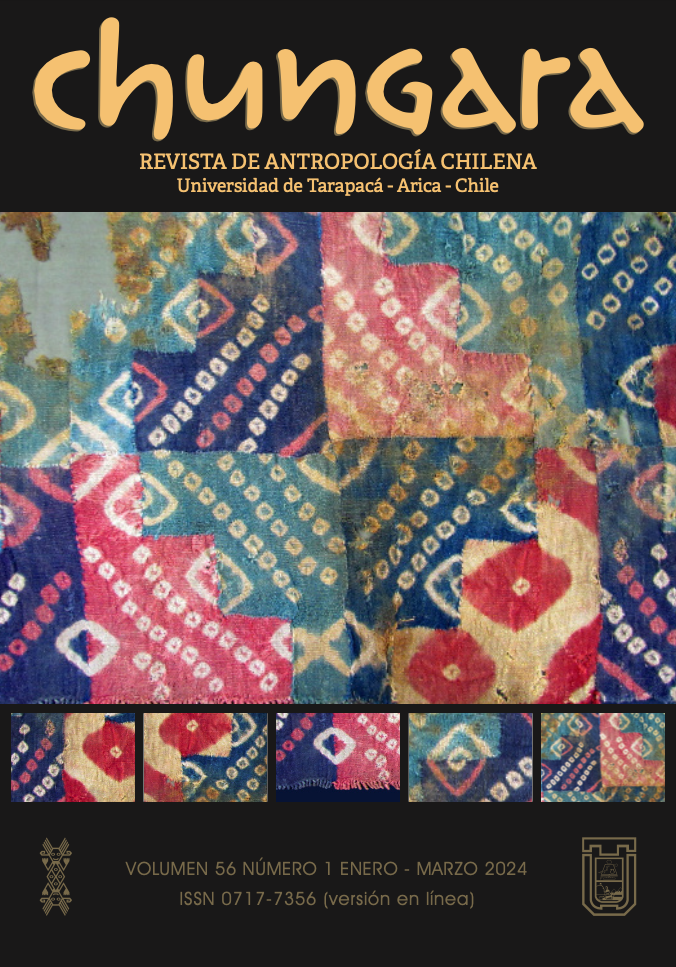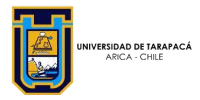Written by Super User. Posted in Papers - English
UYWAÑA. ON NURTURING AND BEING NURTURED: TENSIONS AND MULTIPLE CORRESPONDENCES
UYWAÑA. SOBRE EL CRIAR Y DEJARSE CRIAR, SUS TENSIONES Y CORRESPONDENCIAS MÚLTIPLES
Andrea Chamorro, Koen De Munter, Ignacio Carrasco, Nathaly Ardiles y Alexander Burgos
This article offers a critical review of the notions of “upbringing” or uywaña, explored in diverse ethnographic studies from the Andean region, focusing on the everyday and ritual forms of coexistence observed among several Aymara families in the Region of Arica and Parinacota (Chile). These forms of coexistence are understood as practices that recreate and revitalize convivial relations between people and living environments, which unfold amid the eco-cultural inflections and fractures shaped by their participation in national Andean formations, as well as the ecological transformations caused by climate change. Following Tim Ingold’s (2022) invitation to “let ourselves be educated” by Aymara families, we propose an anthropology that, although emerging from fragile and asymmetric interactions, conceives mutual upbringing as a web of human and more-than-human correspondences. These correspondences serve as pathways for to thinking—and imagining—the reproduction of life in times of tension and crisis.
Print
Email
Written by Super User. Posted in Papers - English
INVISIBLE OR PROTAGONISTS? THE STRUGGLE TO INCLUDE FEMALE SUBJECTS IN SIXTEENTH-CENTURY ANDEAN VISUAL NARRATIVES
¿INVISIBILIZADAS O PROTAGONISTAS? LAS LUCHAS POR LA INCLUSIÓN DE LOS SUJETOS FEMENINOS EN LOS RELATOS VISUALES ANDINOS DEL SIGLO XVI
José Luis Martínez C., Álvaro Durán, Daniela Sepúlveda y Andrés Mendoza
From the European invasion of the Andes in 1532 and the establishment of colonial society, there was an intense struggle over memories: between the memories collected and rewritten by Europeans and those that the Andean populations sought to preserve. In the former, androcentric bias rendered women and the spaces they had occupied in pre-Hispanic Andean societies invisible. The latter, on the other hand, struggled to construct narratives that restored the protagonism women had once held. This was possible because Andean men and women managed to retain a certain degree of enunciative autonomy, despite colonial restraints, and because they used their own recording systems, such as the qeros, to inscribe their own stories and memories, thereby escaping colonial control. From a sample of 37 sixteenth-century qeros we were able to rescue visual narratives depicting female subjects, sometimes alone or sometimes accompanied by male figures. We identified three new sets of visual signifiers corresponding to colonial-era Andean memories in which female subjects play a significant role. Drawing on colonial lexicons, we propose that the enunciative category of Andean memories was the concept of runa, which referred equally to men or women, and women and men, and that it was Spanish chroniclers and authorities who masculinized the term, thereby rendering the female subjects invisible or erasing them entirely from these narratives chroniclers and authorities who masculinized the term, making the female subjects invisible or erasing them from these accounts.
Print
Email







